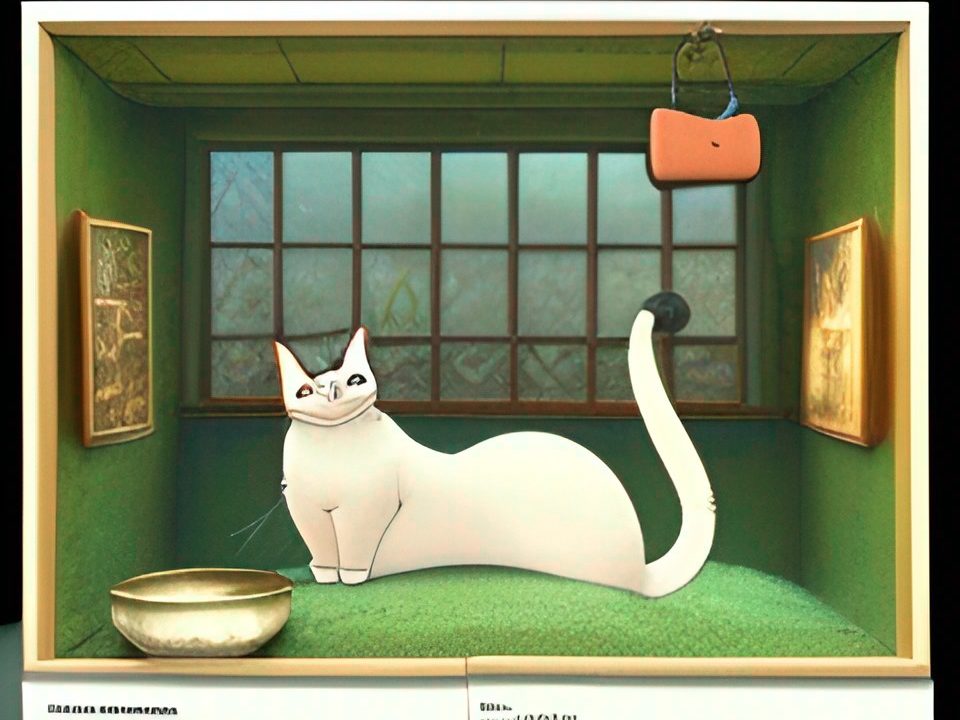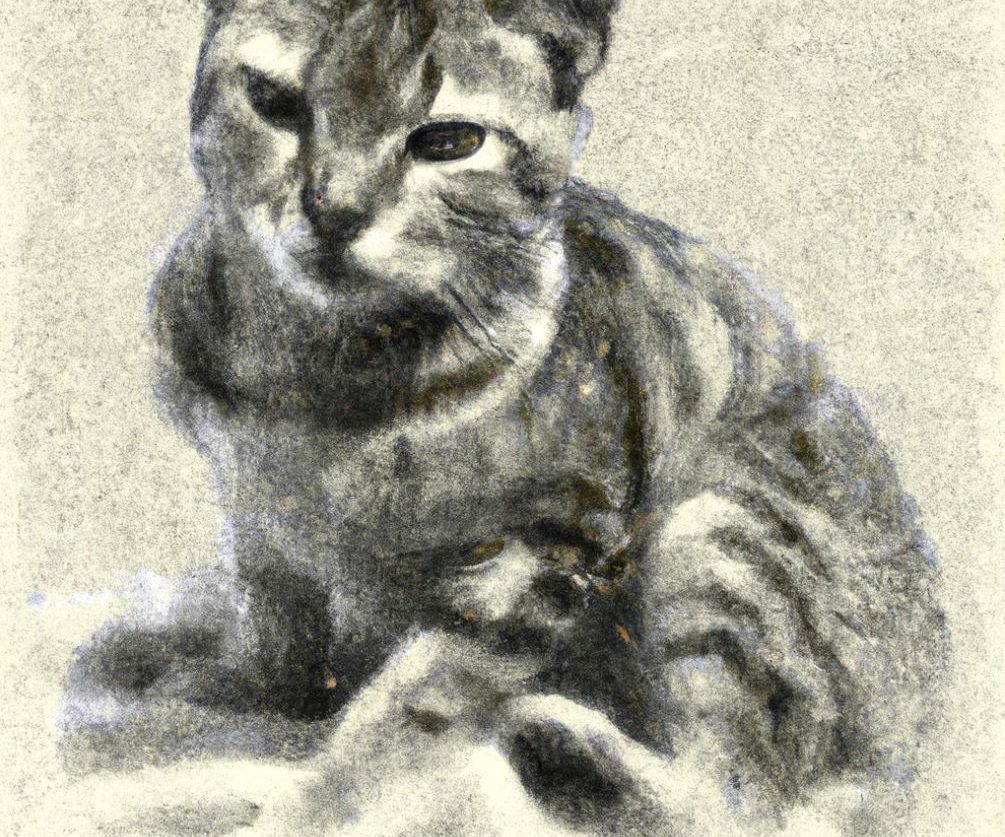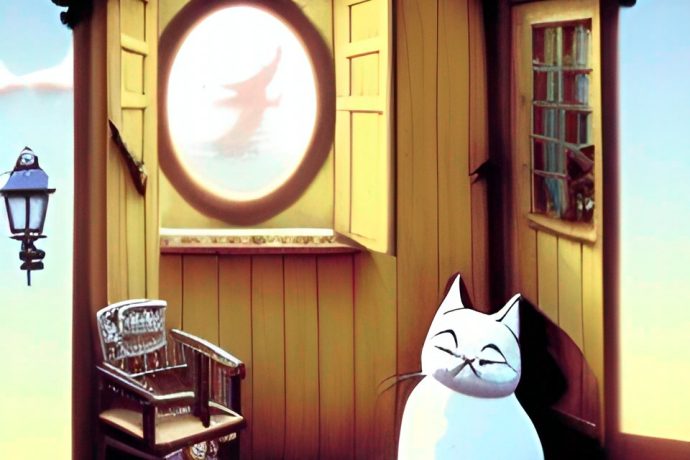The History of Domesticated Cats
It took scientists a long time to solve the mystery of when and where cats were first domesticated. The archaeological record seems to provide a simple answer, but wild and domestic cats have remarkably similar skeletons, which complicates matters. Archaeologists discovered an 8,000-year-old cat jaw on the island of Cyprus in 1983, which provided the first clues. For it seemed unlikely that humans would bring feral cats to the island (“a spitting, scratching, panicked feral cat would be the last boatmate they wanted,” writes Desmond Morris in Catworld: A Feline. Encyclopedia), the discovery indicated that domestication occurred before 8,000 years ago.
The discovery of an even older site in Cyprus in 2004, where a cat had been deliberately buried with a human, confirmed that the island’s ancient cats had been domesticated and pushed back the date of domestication by at least 1,500 years.
A study published last month in the scientific journal Science, based on genetic analyses, has added more pieces to the puzzle of the domestication of cats. The authors state that all domestic cats are descended from the Middle Eastern wildcat Felis sylvestris, which translates to “forest cat.” Cats were first domesticated in the Middle East, and some study authors believe it began as early as 12,000 years ago.

Egyptians mummified their house cats, such as this one from the Smithsonian National Museum of Natural History, between 664 B.C. and 395 A.D. Because there are no bones inside, this is a model or reproduction of a cat mummy. The ancient Egyptians revered cats, and this is well documented in the archaeological record: researchers showed a cat cemetery in Beni-Hassan that contained 300,000 cat mummies.
The ancient Egyptians worshipped cats, and this is well documented in the archaeological record: Scientists have discovered a cat cemetery at Beni-Hassan containing 300,000 cat mummies. Bastet, the Egyptian goddess of love, had a cat’s head, and in Egypt, her conviction for killing a cat was often fatal.
Cats were revered by the ancient Romans as a symbol of freedom, albeit in a more moderate and earthy way. Cats were valued in the Far East to protect valuable manuscripts from rodents.
Cats, for some reason, became demonized in Europe during the Middle Ages. Many saw them as being associated with witches and the devil, and many were killed in an attempt to ward off evil (an action that scholars think ironically helped to spread the plague, which rats carried). It wasn’t until the 1600s that cats’ public image improved in the West.
Cats are now, of course, celebrities appearing in comic books and television shows. By the mid-1990s, cat services and products had grown into a multibillion-dollar industry. Even in our popular culture, some of the age-old ambiguity remains. The cat does not appear to be able to shake its association with evil.






